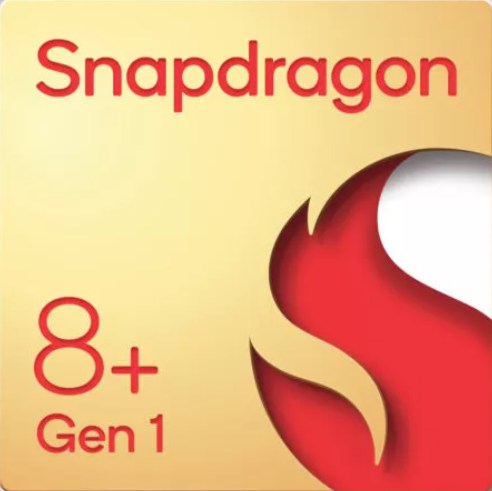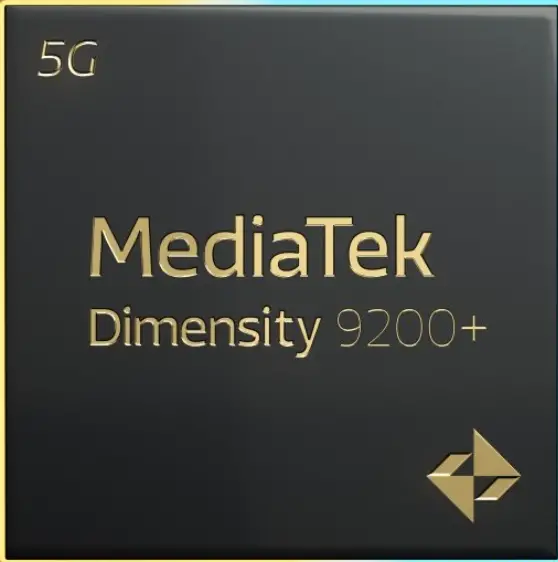Qualcomm Snapdragon 8 Plus Gen 1 vs MediaTek Dimensity 9200 Plus
We’ve analyzed the newly launched
Snapdragon 8 Plus Gen 1 and Dimensity 9200 Plus
SoCs, created by
Qualcomm and Mediatek respectively.
This comparison highlights the key differences and
similarities between these
8-core
processors, evaluated
through Geekbench, Antutu,
and 3DMark benchmarks, and
other technical details.
Review
General comparison of performance, power consumption,
and other
indicators
CPU Performance
Evaluation of Single-Core and
Multi-Core Processor Performance
Gaming Performance
Gaming and OpenCL/Vulkan
Performance of the Graphics Processing Unit (GPU)
Battery life
Energy Efficiency in Battery Usage
Tech Insist Score
Overall Performance Rating of the
Chip
Key Differences
Main differences and advantages of each chip
Pros of Dimensity 9200 Plus
Benchmarks
Evaluating performance through competitive testing in
leading benchmarks.
AnTuTu 10
The AnTuTu Benchmark evaluates CPU, GPU, RAM, and I/O
capabilities across various scenarios.
CPU
243697
290704
GPU
478120
600560
Memory
191931
254170
UX
184166
217772
Total score
1097914
1363206
GeekBench 6
The GeekBench test shows raw single-threaded and
multithreaded CPU
performance
3DMark
A cross-platform benchmark that assesses graphics
performance in Vulkan
(Metal)
3DMark Wild Life Performance
Stability
69%
61%
Graphics test
59 FPS
75 FPS
Score
9875
12660
Specifications
Full list of technical specifications of Snapdragon 8 Plus Gen 1 and Dimensity
9300
Architecture
1x 3.2 GHz – Cortex-X2
1x 3.35 GHz – Cortex-X3
Cores
8
8
Base Frequency
2000MHz
2000MHz
Turbo Frequency
3200MHz
3350MHz
Instruction set
ARMv9-A
ARMv9-A
L2 cache
-
-
L2 cache
-
1 MB
L3 cache
6 MB
8 MB
Process
4 nanometers
4 nanometers
Transistor count
-
17 billion
TDP (Sustained Power Limit)
-
8 W
GPU name
Adreno 730
Immortalis-G715 MC11
Architecture
Adreno 700
Valhall 4
GPU frequency
900 MHz
-
Pipelines
-
11
Shading units
-
-
Total shaders
-
-
FLOPS
-
4736 Gigaflops
Vulkan version
1.1
1.3
OpenCL version
2
2.0
DirectX version
12
12
Neural processor (NPU)
Hexagon
MediaTek APU 690
Memory type
LPDDR5
LPDDR5X
Memory frequency
3200 MHz
8533 MHz
Bus
-
-
Max bandwidth
51.2 Gbit/s
68.3 Gbit/s
Max size
24 GB
24 GB
Storage type
UFS 3.1
UFS 3.1, UFS 4.0
Max display resolution
3840 x 2160
2960 x 1440
Max camera resolution
1x 200MP, 2x 64MP
1x 320MP
Video capture
8K at 30FPS, 4K at 120FPS
8K at 30FPS, 4K at 60FPS
Video playback
8K at 30FPS, 4K at 120FPS
8K at 30FPS, 4K at 60FPS
Video codecs
H.264, H.265, VP8, VP9
H.264, H.265, AV1, VP9
Audio codecs
AAC, AIFF, CAF, MP3, MP4, WAV
AAC LC, MP3, HE-AACv1, HE-AACv2, FLAC
Modem
Snapdragon X65
MediaTek T800
4G support
LTE Cat. 24
LTE Cat. 24
5G support
Yes
Yes
Download speed 5G
Up to 10240 Mbps
Up to 7900 Mbps
Download speed 4G
Up to 2500 Mbps
-
Upload speed 5G
-
Up to 4200 Mbps
Upload speed 4G
Up to 316 Mbps
-
Wi-Fi
6
7
Bluetooth
5.3
5.3
Navigation
GPS, GLONASS, Beidou, Galileo, QZSS, SBAS, NAVIC
GPS, GLONASS, Beidou, Galileo, QZSS, NAVIC

